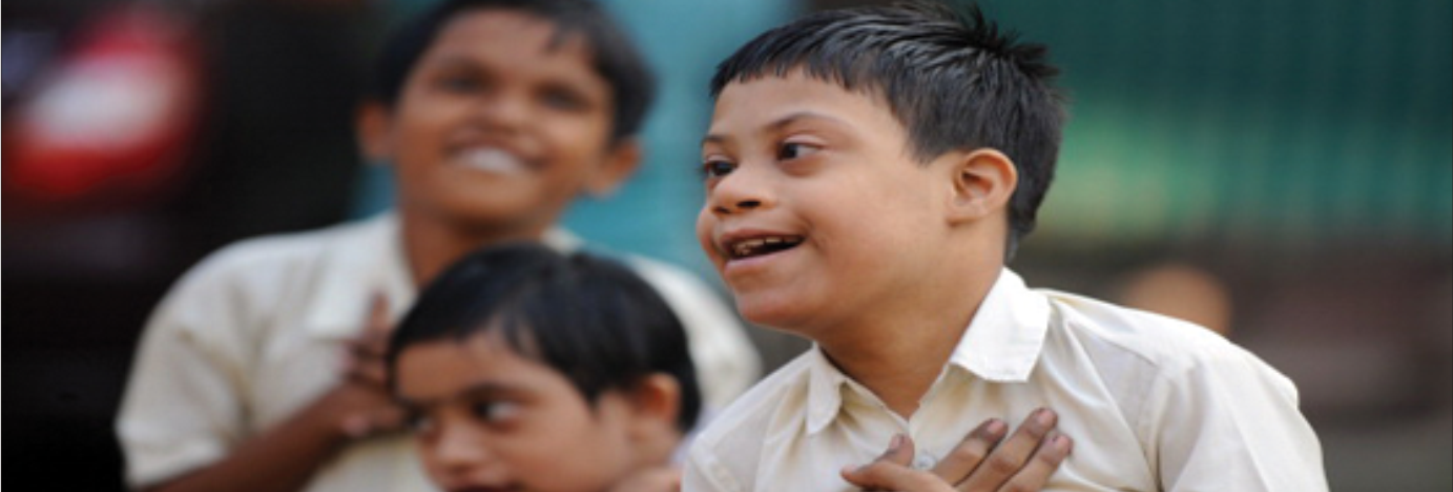Posted on July 30, 2021
Visual Disorders associated with Neurodevelopmental Disorders
Vision is one of the most important senses we have. Vision gives us tremendous access to learn about the world around us. When we see faces, we automatically learn about the expressions. That’s why it is said “seeing is knowing”
When a child has a visual impairment, it requires immediate attention. When vision problems go undetected, children become delayed in developing milestones.
Signs and Symptoms of Visual Impairment
It’s very important to diagnose and treat visual impairment in children as soon as possible. Mostly vision screening is done at birth, especially if the baby is born prematurely or there’s a family history of vision problems. In case of visual concerns, visual examination should be done every six months for the first few years.
Common signs that a child with visual impairment will have
- While following objects or face, the eyes don’t move together
- The child has crossed eyes, eyes that turn out or in, eyes that flutter from side to side or up and down
- The child is unable focus
- The child has bulge eyes, or there is rapid rhythmic movements
- The child repeatedly covers his / her eyes
- Lazy eye, clumsy in movements
- The child has squint, may be fluctuating
- The child rubs his / her eyes frequently
- Sitting too close to the TV or holding toys and books too close to the face
- Avoiding tasks and activities that require good vision
If any of these symptoms are present, parents should consult an eye specialist as soon as possible. Please note, early detection and treatment are very important to the child’s overall development.
Children with Neurodevelopmental disorders are very prone to eye disorders, especiall children wih cerebral palsy, autism spectrum disorder, spina bifida, down syndrome, infantile spasm, hdrocephalus, etc. Following common eye disorders have been reported in our practice
- Achromatopsia
- Albinism
- Amblyopia
- Aniridia
- Anophthalmia
- Aphakia
- Astigmatism
- Cataract
- Coloboma
- Color blindness
- Congenital eye defects
- Corneal disease
- Cortical visual impairment
- De Morsier’s Syndrome
- Dry eye syndrome
- Hemianopia
- Hyperopia
- Legal blindness
- Low vision
- Macular degeneration
- Marfan Syndrome
- Microphthalmia
- Myopia
- Nystagmus
- Optic nerve atrophy
- Optic nerve hypoplasia
- Retinal detachment
- Retinoblastoma
- Retinopathy of prematurity (ROP)
- Strabismus
- Sturge-Weber Syndrome, etc
Most of these visual disorders are treated by pediatric ophthalmologist. Simultaneously, vision stimulation therapy can be incorporated to get extra improvements for a specific number of pediatric vision disorders.
Vision Stimulation Therapy / Vision Restoration Therapy / Vision Therapy
Vision Therapy is a specialized, supervised, individualized treatment program performed by a qualified professional to correct visual-motor and perceptual-cognitive deficiencies.
It helps the child to develop normal coordination between the two eyes to get binocular vision.
It is a non-surgical customized program of visual activities designed to correct certain vision problems and improve visual skills.
Vision therapy can include the use of lenses,filters, prism, computerized visual activities and non-computerized viewing instruments. Special therapy equipments like balance boards, metronomes and other devices can also play an important role in a customized vision therapy program.
Overall, the goal of vision therapy is to treat vision problems that cannot be treated successfully with eyeglasses, contact lenses and/or surgery alone, and and help people to achieve clear, comfortable and binocular vision
If you know a child, who has above mentioned signs or symptoms and you wan combination therapy. Please contact us for customized remedial program at
Mail at: helpicd@gmail.com
Whatsapp at: +91-7838809241
Voice Call at: +91-11-41012124

Recent Comments